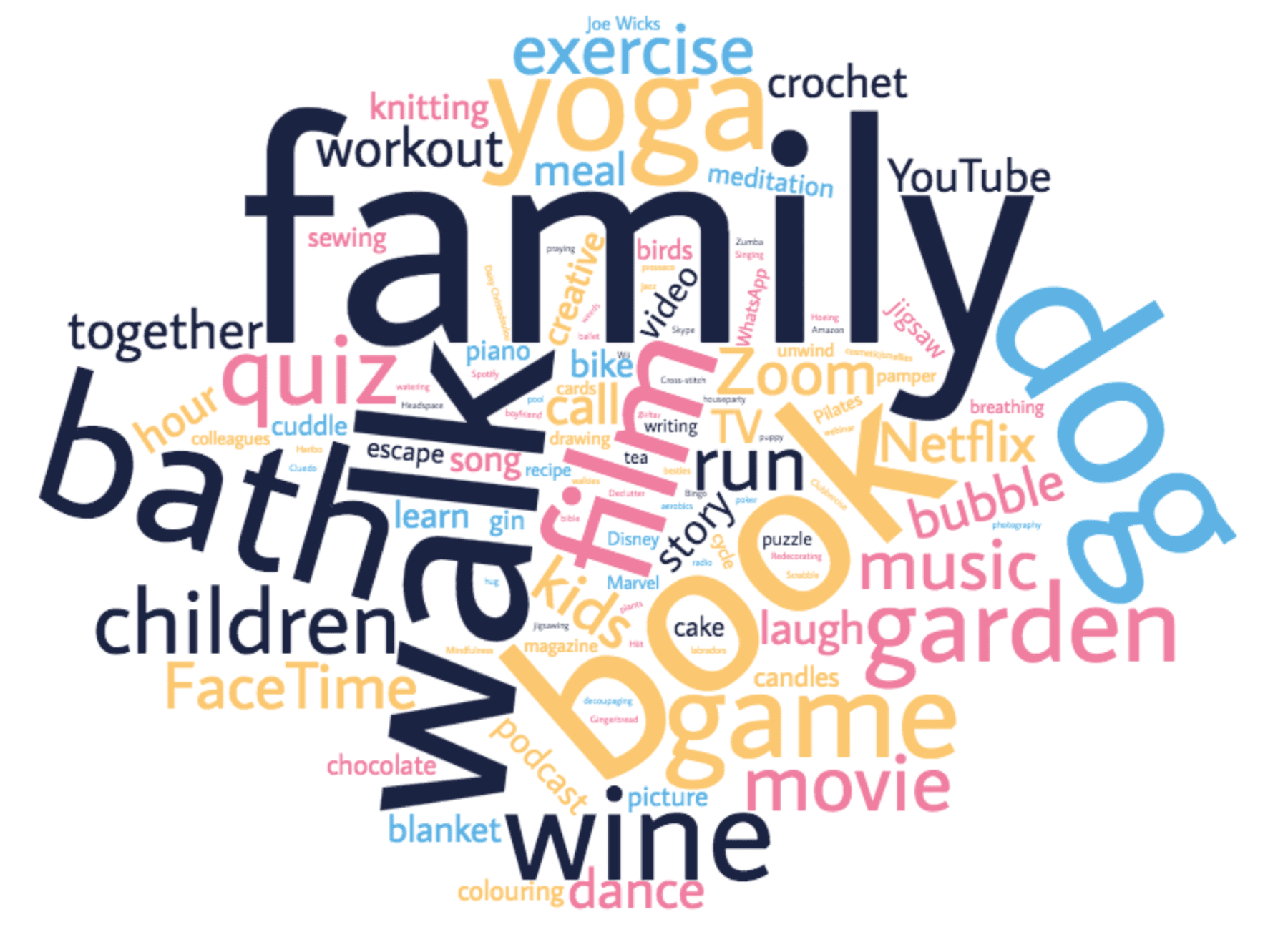Keeping children engaged and learning in writing during school closures

United Learning teachers and English Advisors (Karen Tulloch and Jen Reynolds) have been developing writing sequences to support teachers. These writing sequences are written in Microsoft Sway. All teachers in United Learning have been trained brilliantly to use Sway at break-neck speed by the wonderful IT team. Using Sway ensures that our home learning is easy for teachers to embed on their school websites. Once a link to a Sway is added to the school website, pupils can click on it and then the whole day’s learning can be scrolled through and competed without the pupils needing to navigate away to another page. It is a wonderful piece of software! Added to the ease of creating writing sequences in Sway is the fact that it is very accessible and we know that pupils are learning using these sequences, sometimes accessing them from a parent’s mobile phone. In fact, we plan our sequences with the assumption that a mobile phone is the only technology a pupil will have access to; tasks are completed on paper. (Writing sequences are also printed off as Microsoft Word documents to make up home learning packs for pupils who have no access to technology).
We plan our sequences with the assumption that a mobile phone is the only technology a pupil will have access to
The United Learning writing sequences follow several Rosenshine Principles
The decision to call our online home learning units ‘Writing Sequences’ is a deliberate one. Karen and I believe that this sets out the clear intention that the sequence takes pupils through a serious of steps towards developing a longer piece of writing.
Many of the skills taught in classrooms can be conveyed by providing prompts, modelling use of the prompt, and then guiding students as they gain independence
Barak Rosenshine
Small steps
We cannot replicate learning ‘in school’ at home. The small steps in a class lesson become giant leaps from a smartphone, tablet or laptop to the kitchen table!
Each of our writing sequences has a daily task. The daily task is approached in a series of small steps with the aim of scaffoldingProgressively introducing students to new concepts to support their learning the writing that will be produced independently. While there is a clear focus on the retrieval, practising and revision of prior learning, each lesson of a sequence also includes bitesize direct instructionA method of instruction in which concepts or skills are taught using explicit teaching techniques, such as demonstrations or lectures, and are practised until fully understood by each student. The longest videos in our sequences are the videos that teachers record of the core texts at the heart of each sequence. There is no expectation that the daily lesson will be in one video that asks the pupils to press pause. Each task is accompanied by audio and video that flows in a natural progression towards the pupil task.
Retrieval
Each daily lesson on the sequences includes retrieval of grammar and punctuation or previous writing experiences, that will be called upon in the main task.
Direct instruction
Following on from retrieval, the next part of each lesson provides a bitesize chunk of direct instruction. Direct instruction takes the shape of voiced over PowerPoints turned into films which we upload to an unlisted channel. Once on the channel, the videos are simple to embed into a Sway. We also embed videos of direct instruction from BBC Bitesize. Our Upper Key Stage 2 writing sequences may also include audio direct instruction.
Scaffolding
Through the use of building vocabulary banks, practising grammar and punctuation, planning frames and writing using stem sentences, we aim to ensure that by the time pupils reach the independent practice part of a writing sequence, they will be fully equipped with the necessary ingredients to write. While we are encouraging pupils to develop their free writing, the aim of the Writing Sequences is to teach writing, thus the sequences are structured similarly to how we would structure a class-based writing lesson and writing unit. The sequence of lessons presents clear success criteria. We hope that this enables pupils’ independence in completing the sequence and reduces the amount of support required from parents.
Questioning, rhetorical and use of forms/quizzes
The challenge in moving further with the Rosenshine Principles in our sequences is that of developing assessment. For this purpose, we are increasing our use of Microsoft Forms which can be multiple choice questions, written answers and photographs of writing uploaded to shared folders. The ‘stacks’ feature in Sway is also utilised to create low stakes self-assessment for pupils as part of the lesson. We ask rhetorical questions in our videos and audios. This is an important part of our next steps in creating our sequences. We want to see the work pupils produce and we want to improve the way we can respond to it.
Engagement
Finally, but by no means least importantly; all our writing sequences aim to be motivational and engaging for pupils. We use quality core texts, music videos and a lot of humour!










